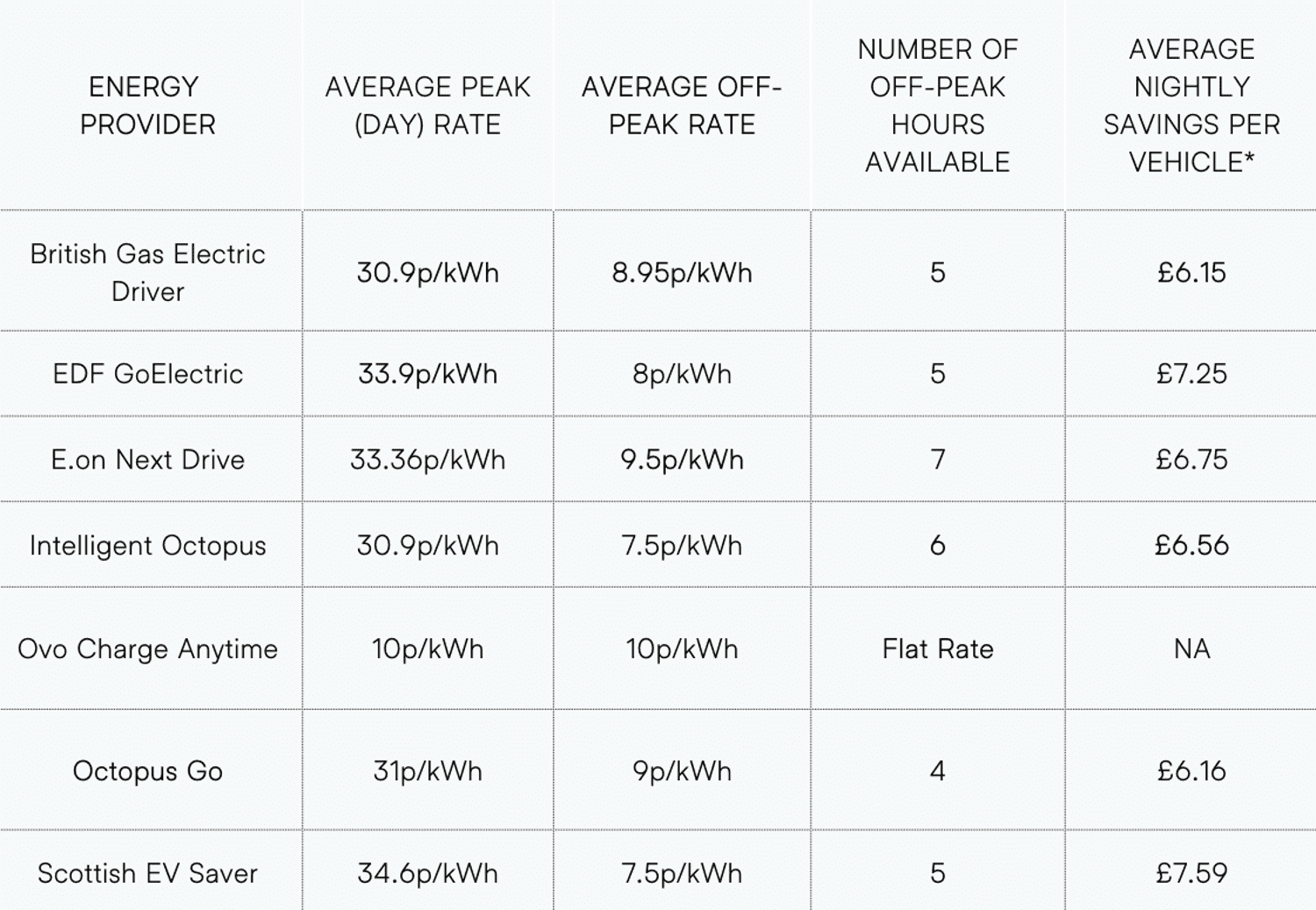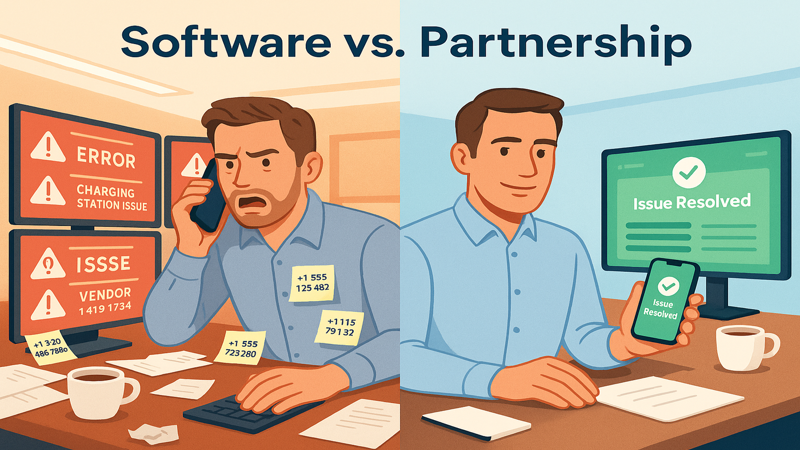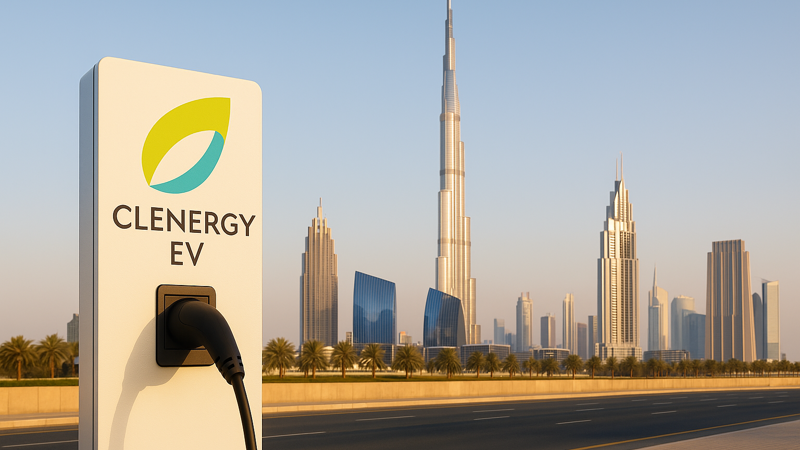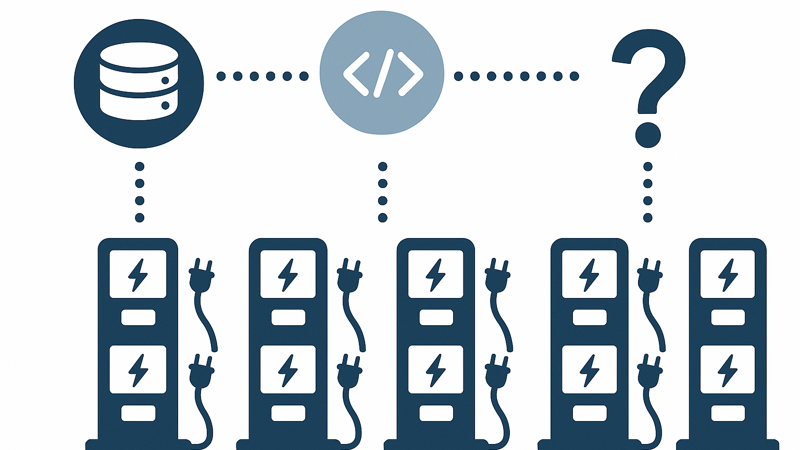
The Secret to Saving Money on EV Charging
Whether you’re an organisation replacing your petrol and diesel vehicles in time with the 2035 new sales ban, or an individual looking to make the greener switch, the price of vehicles and chargepoint installation can run up a bill.
And while there’s no doubt that the transition will save you more in the long run, the sooner you begin to recoup running costs by small behavioral changes, the better.
Clenergy EV clients such as Nottingham City Council have recently announced savings of up to £1 million annually, having transitioned 50% of their 500-vehicle fleet. In this article, we’ll share a top tip they cited as key in reducing running costs, and other ways that you, or drivers in your network, can save money while you’re charging. But first, let’s start with the basics.
What are electric vehicle energy tariffs?
As the name suggests, EV tariffs are aimed at owners of EVs that use their home electricity to charge their car. There are generally two types of EV tariffs, and it’s important to remember that these prices apply to all electricity usage, not just in EVs:
- Dual-rate tariffs, that offer cheaper electricity overnight. The most common, and typically the cheapest type of EV tariff, offers two different electricity rates depending on the time of day, with much lower rates at night.
- Single-rate tariffs, where you pay a single flat rate day or night that’s generally cheaper than the average daytime cost per unit.
With that in mind, EV drivers as well as those on a commercial tariff that offers off-peak discounts can increase savings simply by changing their EV charging habits.
Off-Peak charging: the money-saving secret
Most energy providers in the UK and beyond will typically offer two tariffs for customers - on and off-peak, with off-peak naturally being the cheaper of the two.
It may seem a simple tip, but those plugging in to charge during the day or early evening are inadvertently wasting money.
In situations where you expect your vehicles to be dormant until next day use, you can make use of these cheaper nighttime tariffs as an easy means of reducing your running costs. These tariffs tend to be over twice as cheap as daily rates, with rates typically dropping from around 30p/kWh on peak to as low as 8p/kWh for off-peak charging. With the average EV taking around 2-4 hours to reach full charge depending on their battery size when using fast EV chargers, this offers savings of around £6.16 a night per vehicle when using a standard 7kw charger.
That may not sound like much, but when stacked up over a year results in £2,248 worth of energy savings simply from changing your habits. For those managing fleets, the savings can be astronomical, with the savings in this change alone rising to around £112,420 a year when scaled up to cover 50 standard electric vehicles. When calculated to include the usage from larger EVs that require more energy to power (such as refuse lorries or street sweepers) and so have longer charge times, this amount can double.
Those calculations are made using randomly-selected figures at around the average rate, but some common provider’s of on/off-peak charging rates are as follows:

*Using average charging times for standard commercial EVs on a 7kw home charger
**Sourced from electrfying.com
Other ways to save on EV Charging: planning your journeys
When you’re looking at taking longer EV journeys, or even just filling up on your way to and fro regular destinations such as your place of work, it can be easy to find the nearest available charger to you, and settle for plugging in there.
Using Clenergy EV’s app, however, you’re able to view the price at charging stations before arriving, and can plan to charge off-motorway to avoid paying the more costly prices that might appear easiest on first glance.
Advertise your charge points on the public network
When partnered with smart EV charging software such as Clenergy EV, you’re able to instantaneously open and close your private charge points to public use, placing you in charge of your own public charging network.
From here, our software’s features allow you to set different electricity tariffs for yourself/your drivers and for the general public.
This option gives you the chance to monetise a charger that would otherwise be sitting dormant, whether it be on-site or on your driveway.
Say you’re a local council, who have installed a number of chargers at a public-facing location for the use of internal fleet vehicles. Once the working day is done, you’ll be able to open these chargers up for use from the general public, offering an easy way to boost charger availability in your authority without having to vie for slots or compromise the availability of vehicles carrying out essential council services.
Without smart software enabling this, these charging stations would remain locked out to the average driver, unable to contribute to reducing worries of charge point availability which are often cited as barriers to a positive EV charging experience.
With the number of public charge points forecasted to double to 100,000 across the UK by next year, adding chargers to the public network is essential to making sure our infrastructure is up to the challenge of mass adoption.
Of course, we recognise that installing more physical sites will be the essential route to achieving this, but through features like these, we’re able to add to this figure using the network we already have in place, making our existing charging network easier, fairer, and more accessible to all.
If you’re looking to save money on your EV charging, make sure to fill out the contact us form below and get in touch to see what our EV charging software can do for you. Our team of experts are always looking to advise on the best ways to protect your EV investment.


